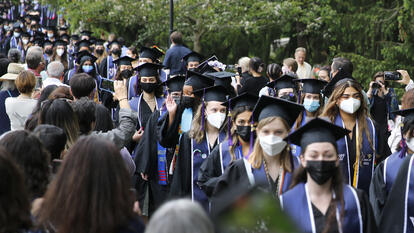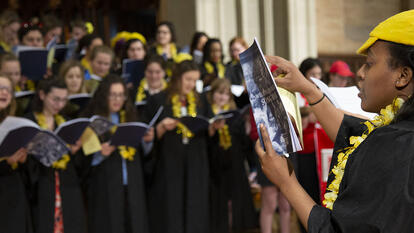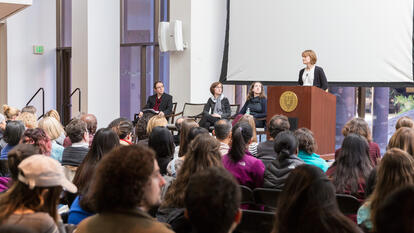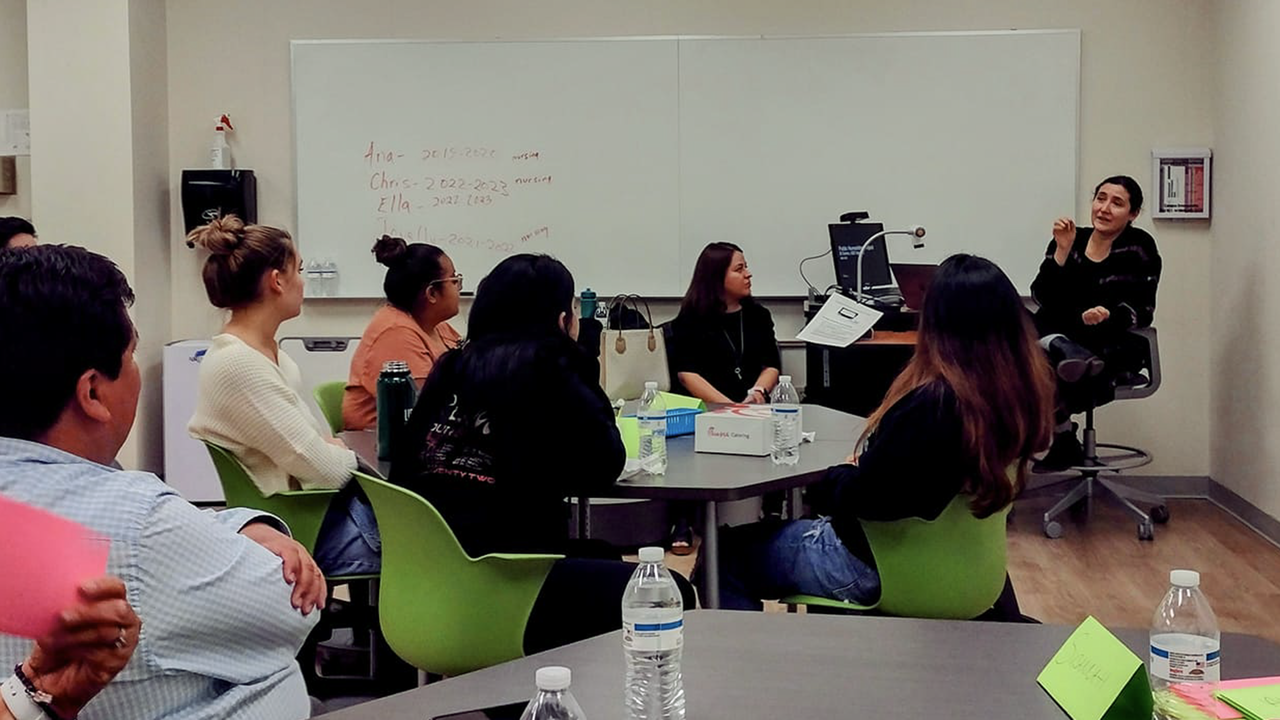
Professor Kathya Landeros Provides Students Opportunity to Tell Their Own Story
“I spent my childhood traveling back and forth between the United States and Mexico. So a lot of my research really centers around Latinx communities, and in particular Mexican American communities,” says Kathya Landeros, Knafel Assistant Professor of Humanities and assistant professor of art at Wellesley. For her latest research project, teaching photography to students at the University of South Carolina, Landeros teamed up with Araceli Hernández-Laroche, a professor at the university and founder of its South Carolina Centro Latino, the state’s first center focused on the study of Hispanic and Latinx culture.
Hernández-Laroche and Landeros met with Latinx students from Centro Latino to talk about photography and its importance. After the first meeting, Landeros turned the focus from her own photographs to those of the students, many of whom were going into medicine and other similar fields, not the humanities. “We decided that the best way to move forward with this project was not actually for me to make portraits in the way that I have in the past, but have them take pictures of themselves and their community, which I loved,” Landeros says. “The work is so much stronger because of it.”
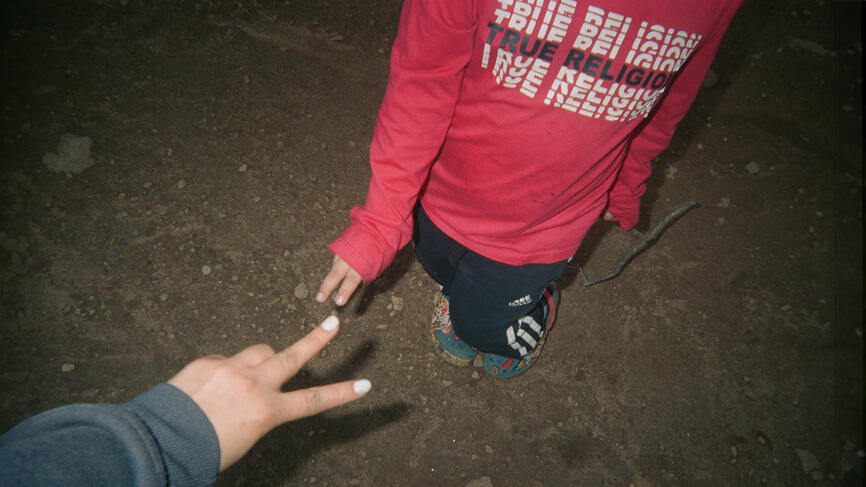
Landeros bought disposable cameras for the students and developed the pictures they took: “It is a really collaborative process; they’re the story that they want.” People from across South Carolina came to see the students’ images at a public symposium, where Landeros says she got a chance to see how tight-knit the state’s Hispanic community is. “We had educators at the K through 12 level, at the university level, health activists, different artists—so many different people in the community attended this event,” she says.
At the event, Latinx community members spoke about topics ranging from communicating with Spanish speakers in a health care setting to art as activism. Landeros was the closing speaker at the event, and she spoke with a student about the pictures the students had made of their community using the disposable cameras. The activity was such a success that Hernández-Laroche is planning to continue the project. Landeros printed and framed the students’ work so that their images can remain on display permanently in South Carolina.
Landeros’ project, Representation of Latinx Youth Through Photographic Portraits, was supported by a Mellon Foundation grant, which she was encouraged to apply for while at the University of New Hampshire Center for the Humanities in summer 2022. Since coming to Wellesley in fall 2021, Landeros has had her work featured at the Suzy Newhouse Center for the Humanities, and she is currently an artist in residence at the Kala Art Institute in Berkeley, Calif.

